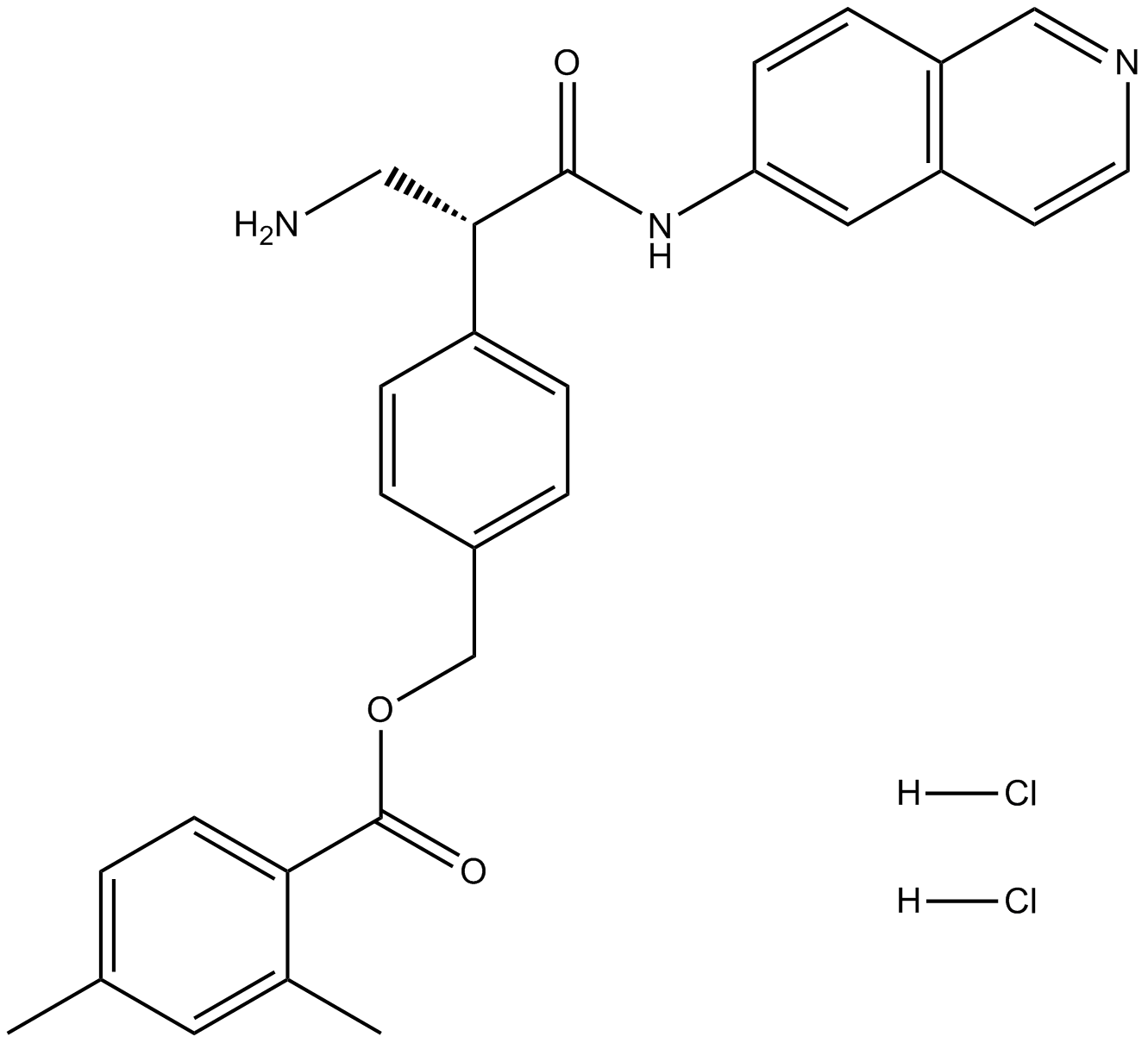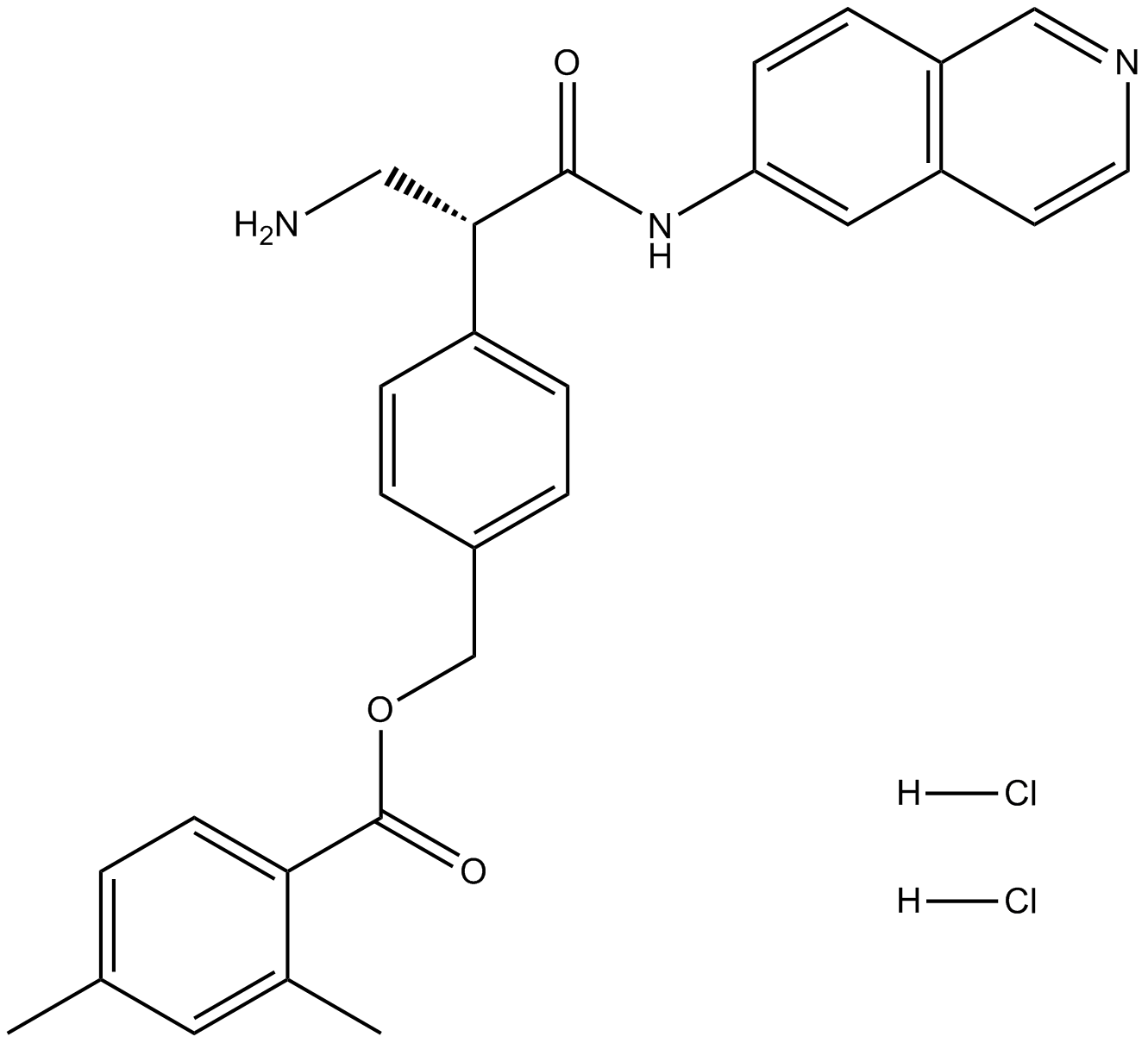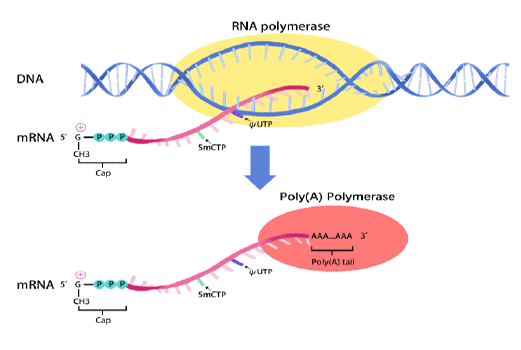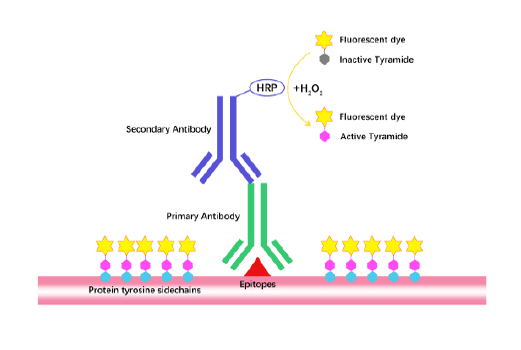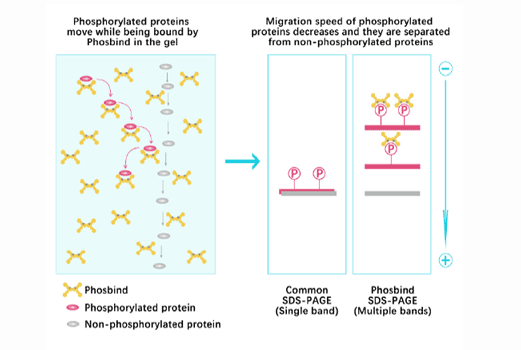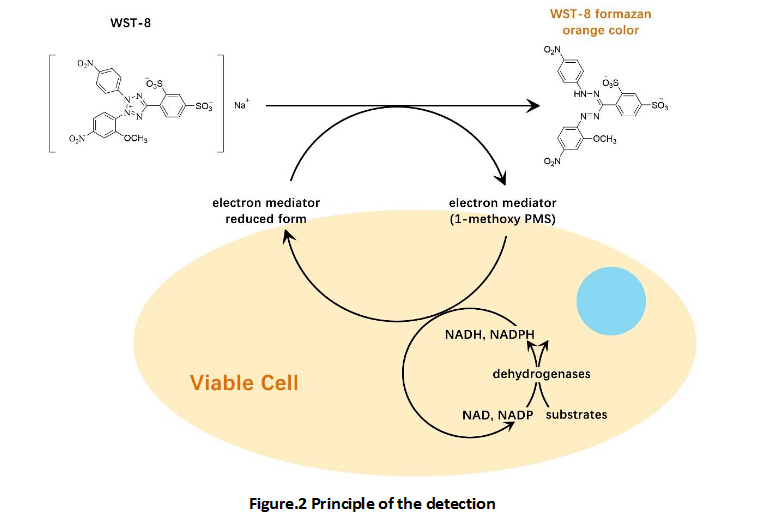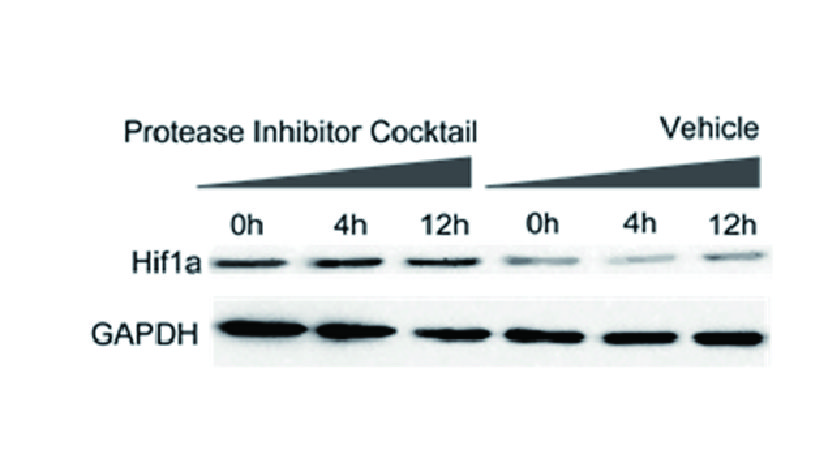Netarsudil (AR-13324)
Netarsudil (AR-13324; CAS 1253952-02-1) is a selective inhibitor of Rho kinase (ROCK), a serine/threonine kinase existing in two isoforms, ROCK1 and ROCK2, involved in actin cytoskeleton assembly, focal adhesion formation, and regulation of cellular contraction. Netarsudil exhibits high affinity for ROCK, with reported Ki values ranging from 0.2 to 10.3 nM. In vitro, netarsudil induces loss of actin stress fibers, alters cellular morphology, reduces focal adhesions, and modifies extracellular matrix components of trabecular meshwork (TM) cells. In animal studies, ocular administration affects both proximal and distal segments of conventional aqueous humor outflow pathways. Clinical trials suggest its potential therapeutic use in ocular hypertension and open-angle glaucoma.
| Physical Appearance | A solid |
| Storage | Store at -20°C |
| M.Wt | 526.45 |
| Cas No. | 1253952-02-1 |
| Formula | C28H29Cl2N3O3 |
| Solubility | ≥26.3 mg/mL in H2O with gentle warming and ultrasonic; insoluble in EtOH; ≥7.783 mg/mL in DMSO |
| Chemical Name | (R)-4-(3-amino-1-(isoquinolin-6-ylamino)-1-oxopropan-2-yl)benzyl 2,4-dimethylbenzoate dihydrochloride |
| SDF | Download SDF |
| Canonical SMILES | [H]Cl.[H]Cl.O=C(OCC1=CC=C([C@H](CN)C(NC2=CC3=C(C=NC=C3)C=C2)=O)C=C1)C4=CC=C(C)C=C4C |
| Shipping Condition | Small Molecules with Blue Ice, Modified Nucleotides with Dry Ice. |
| General tips | We do not recommend long-term storage for the solution, please use it up soon. |
Quality Control & MSDS
- View current batch:
Chemical structure
